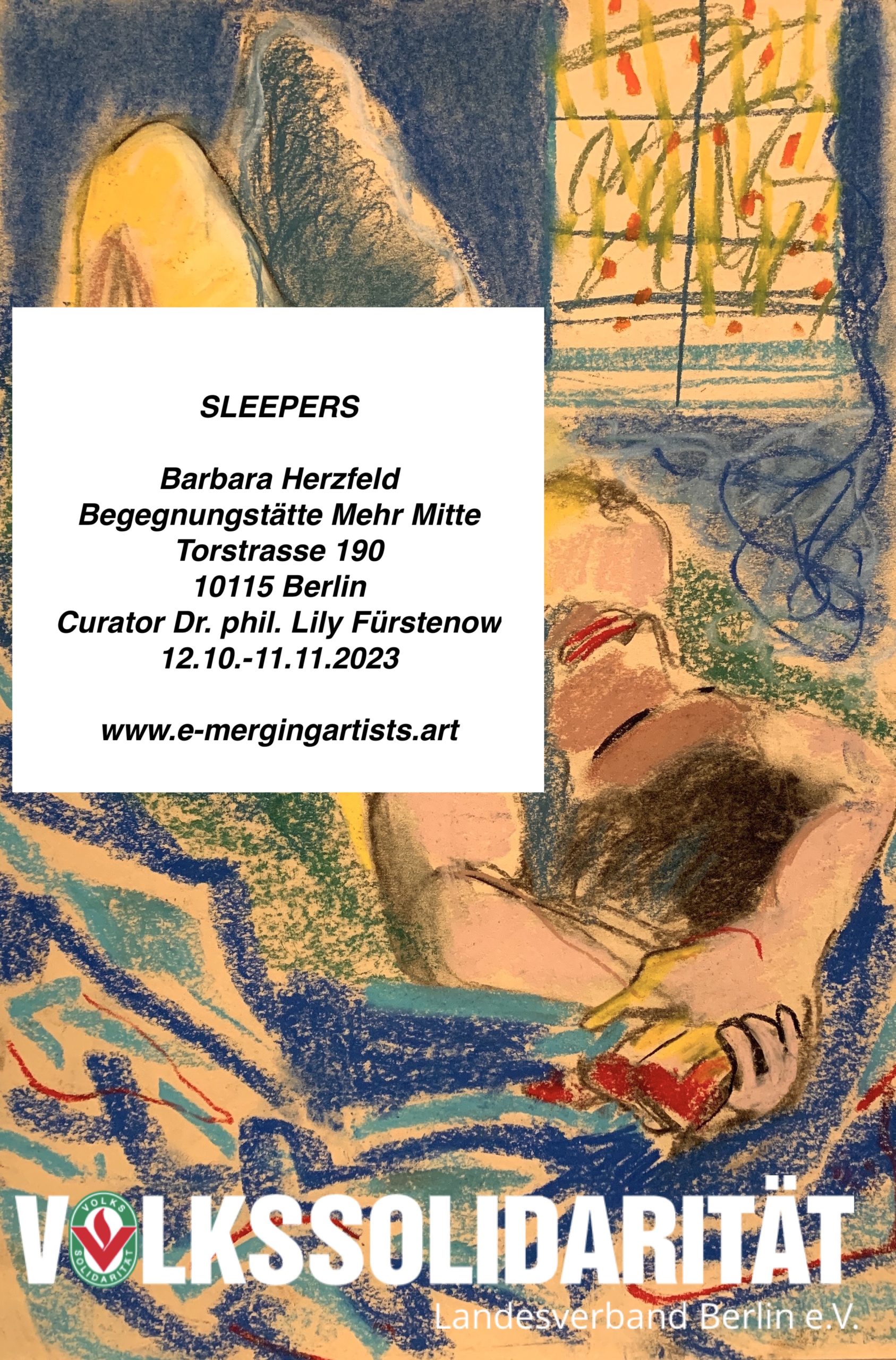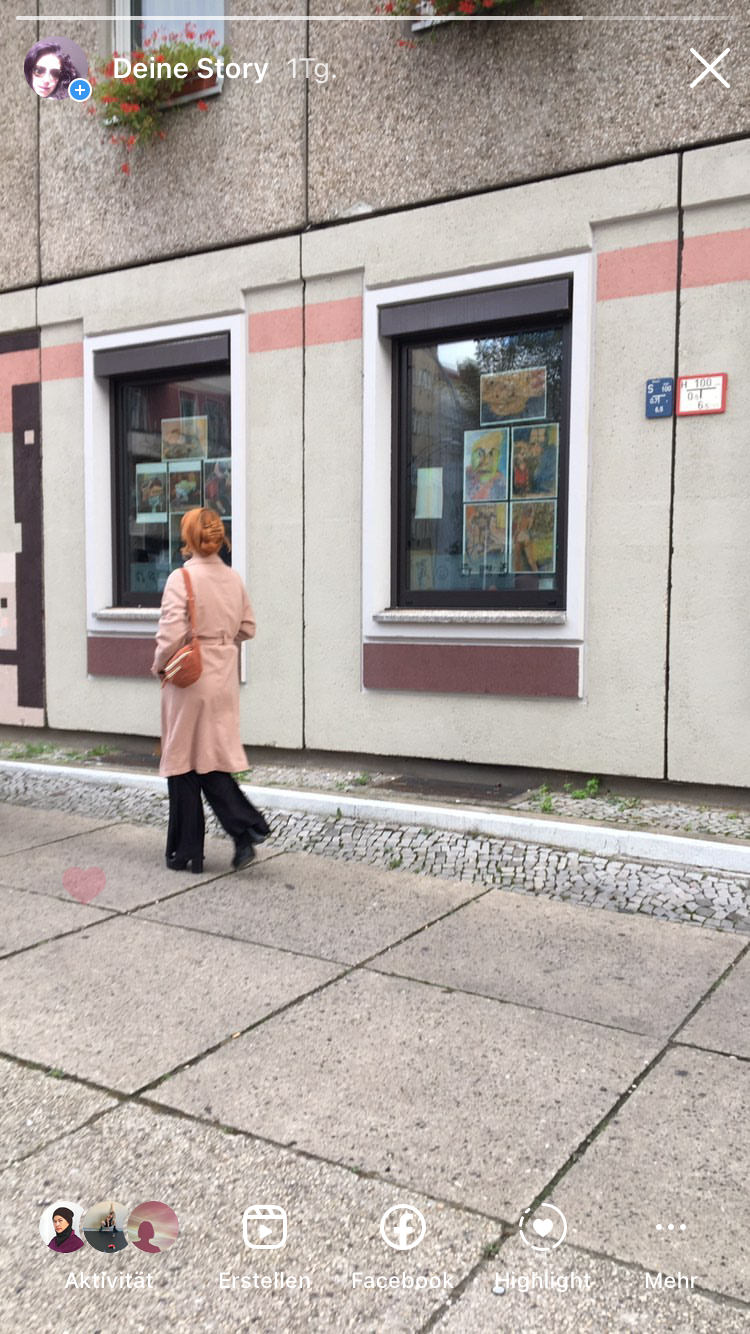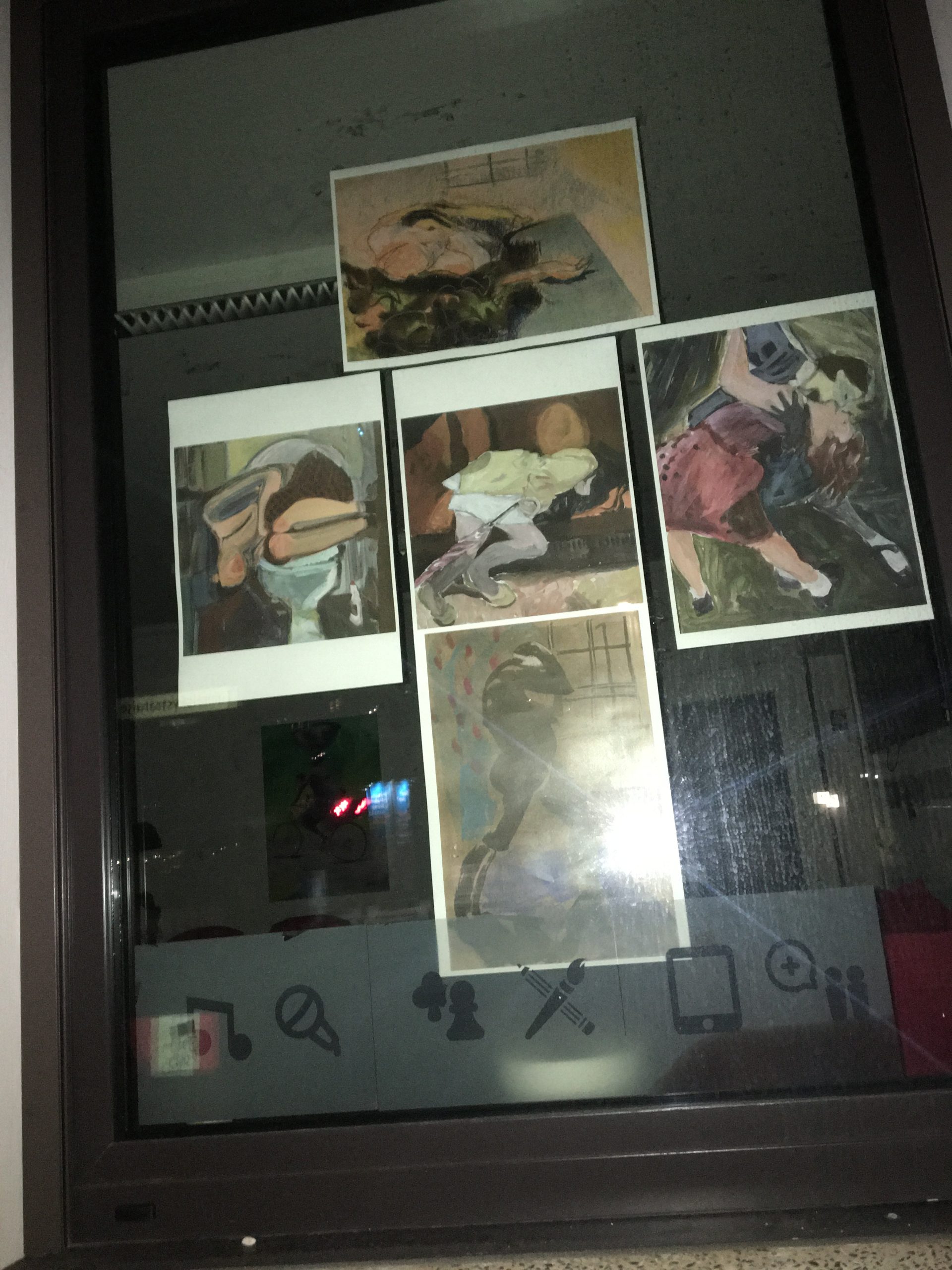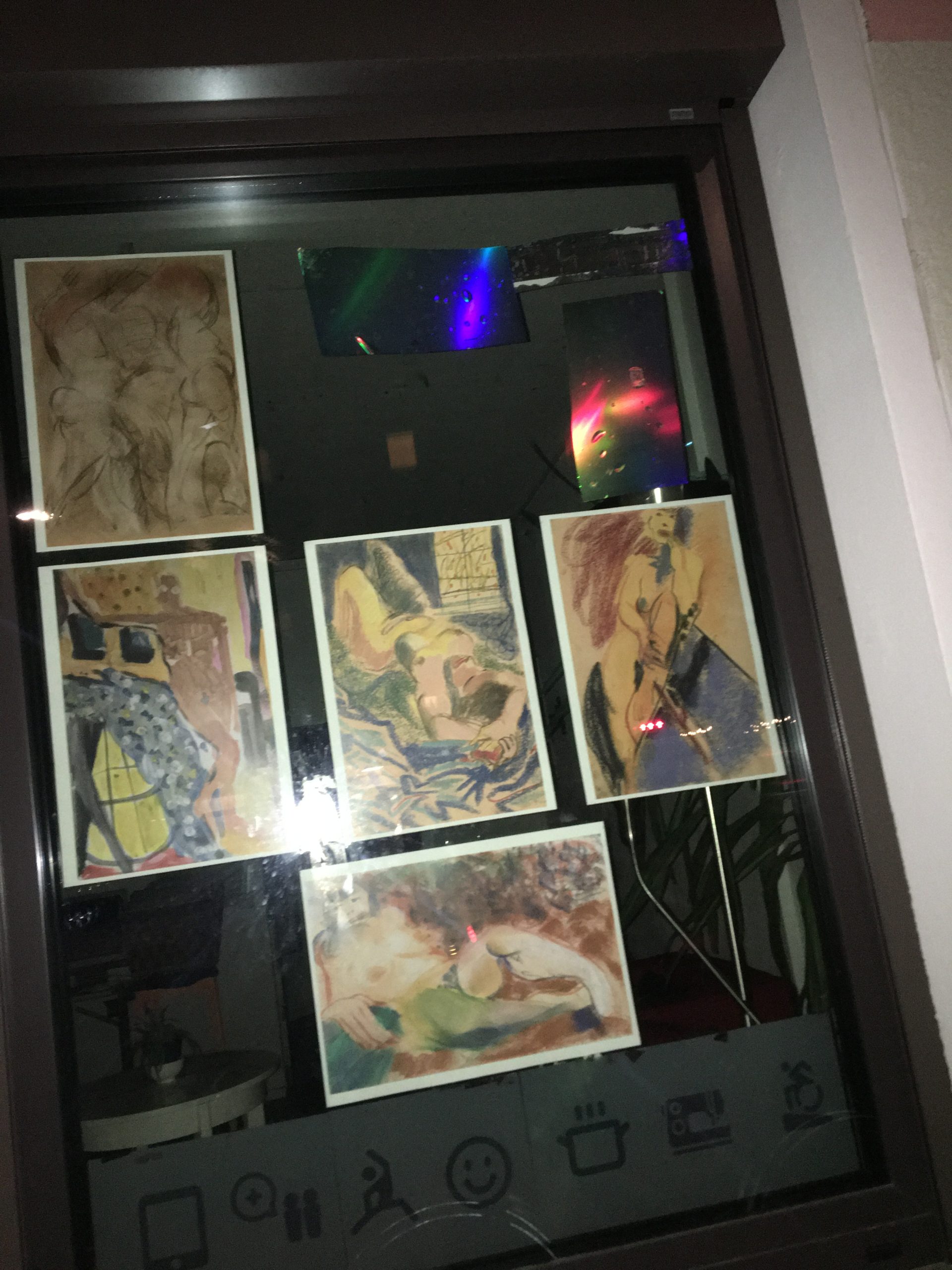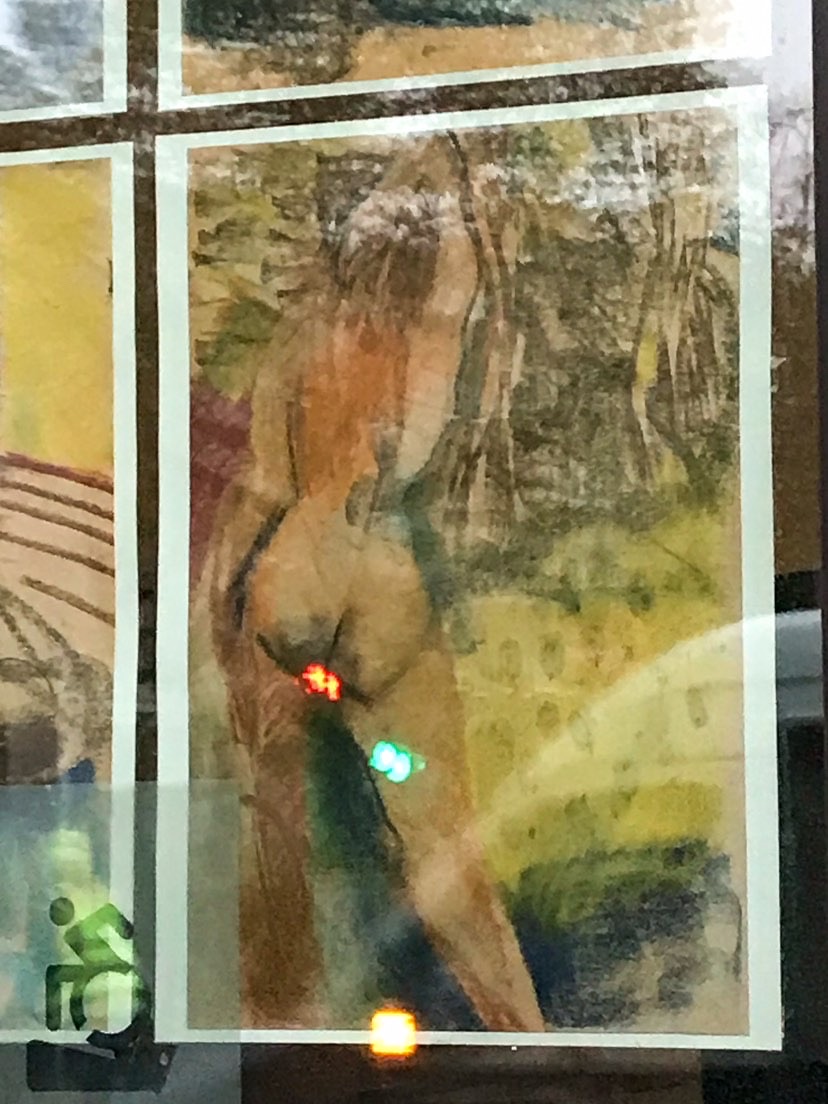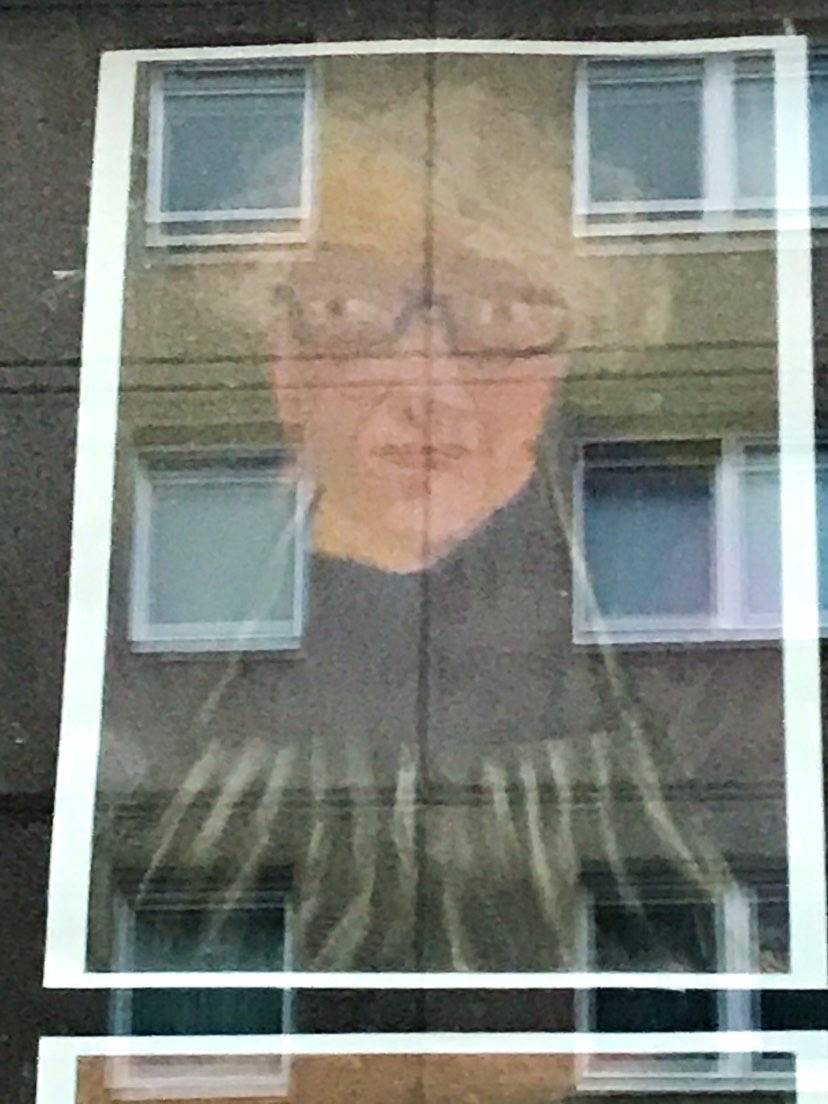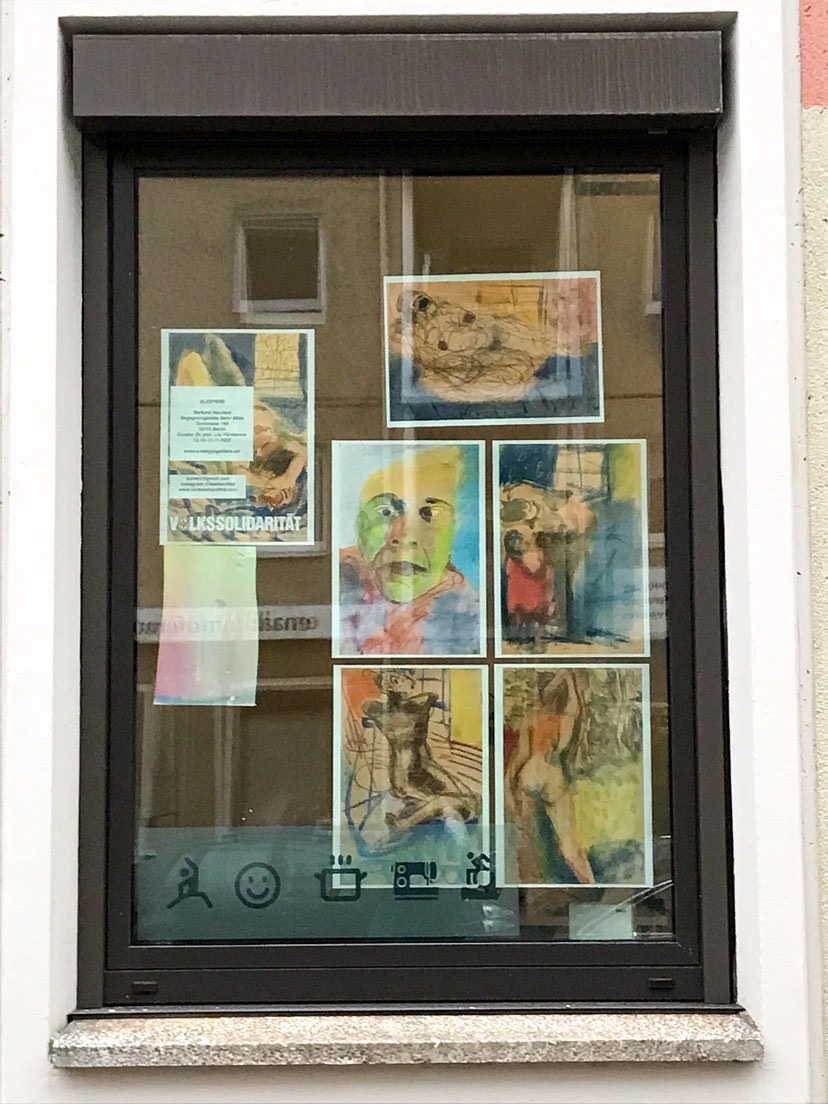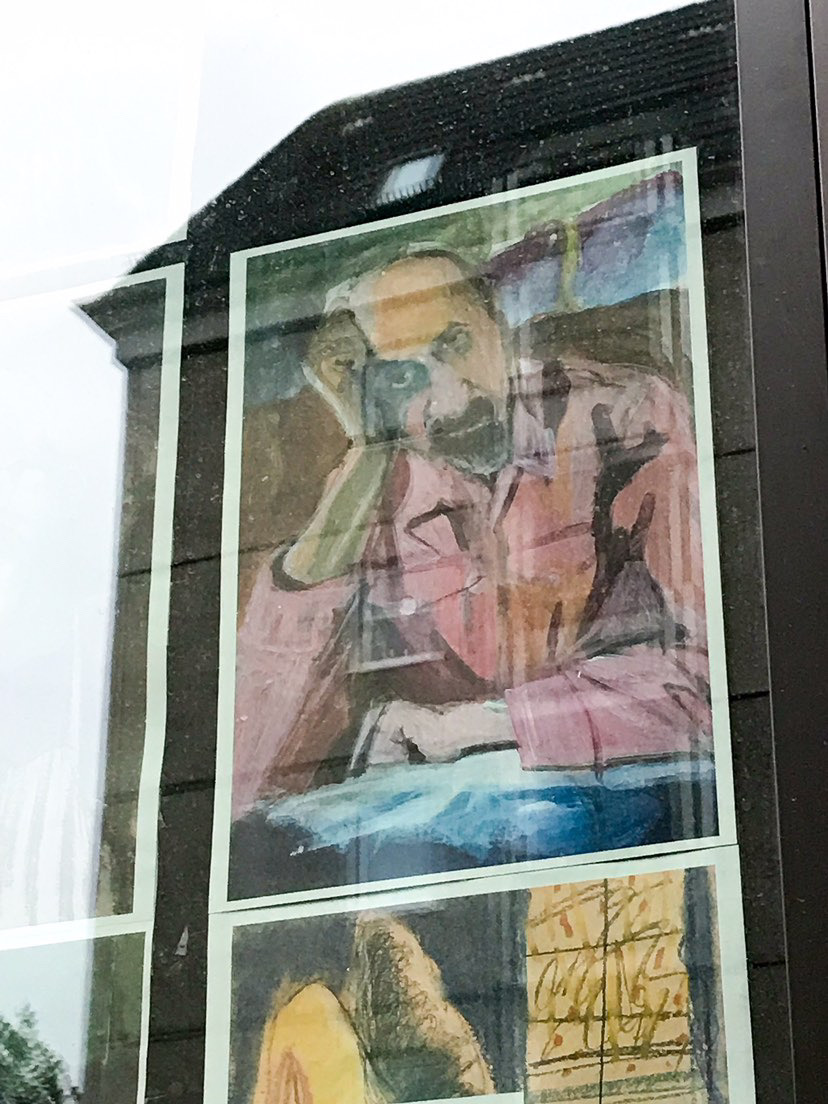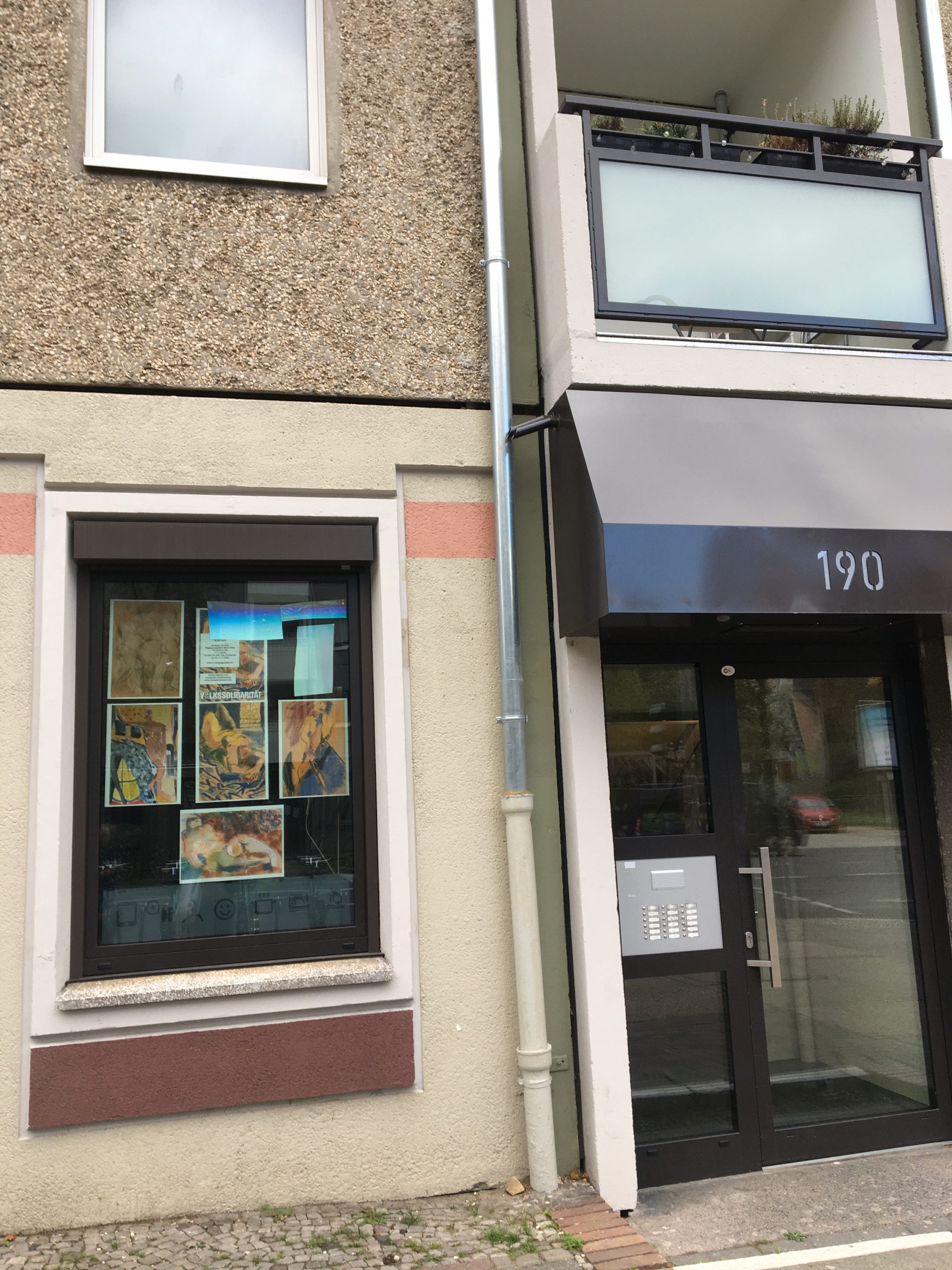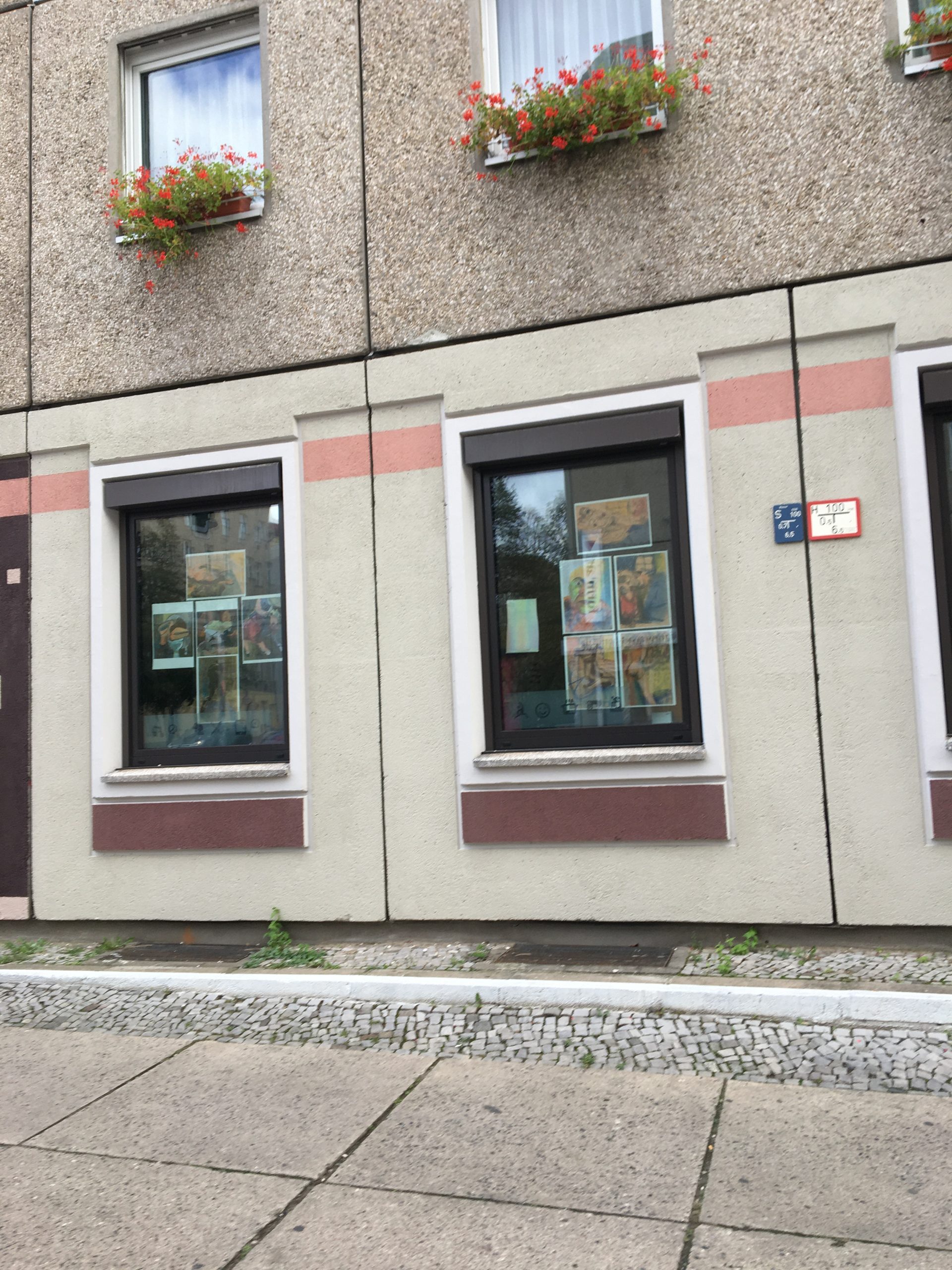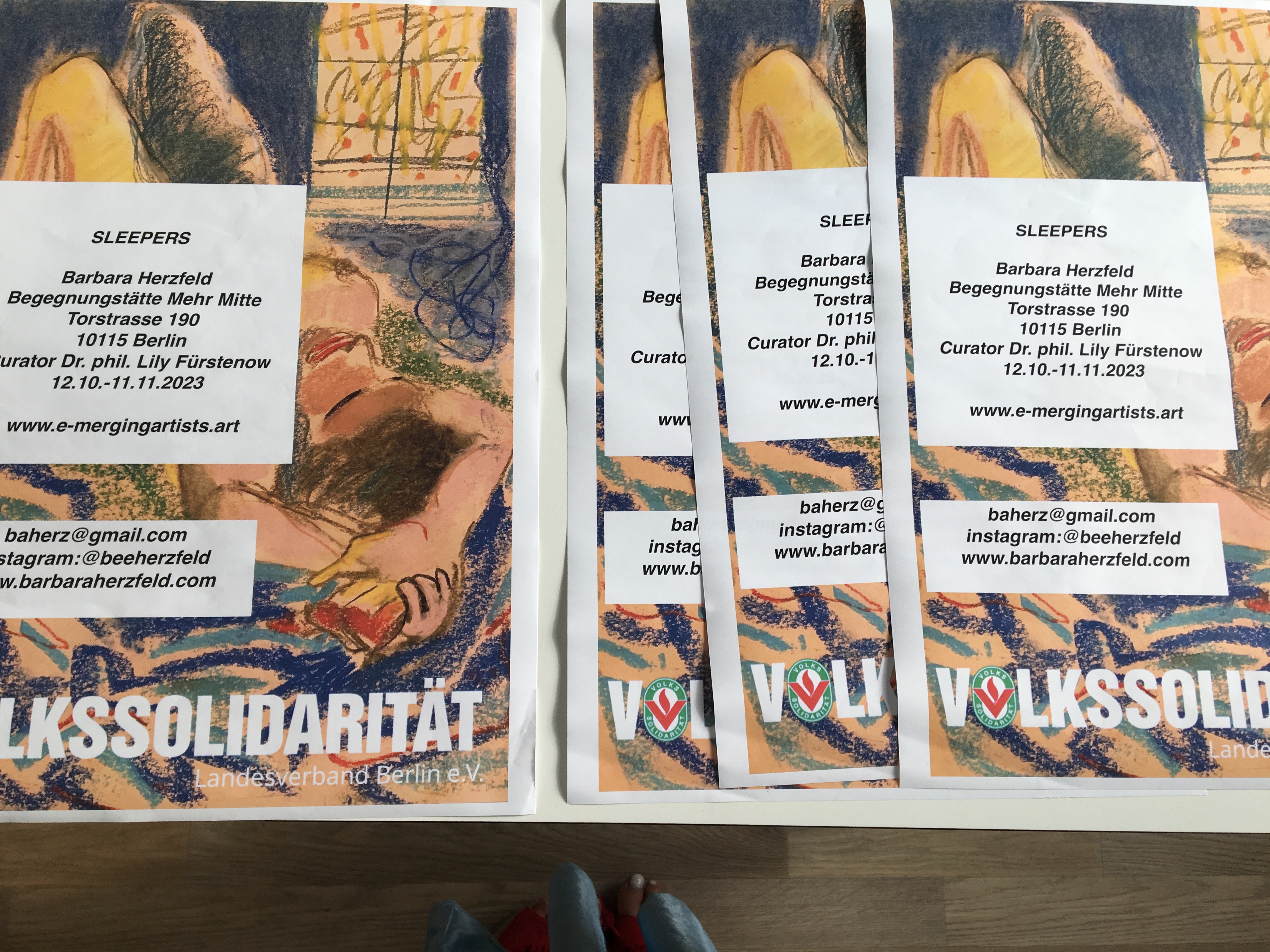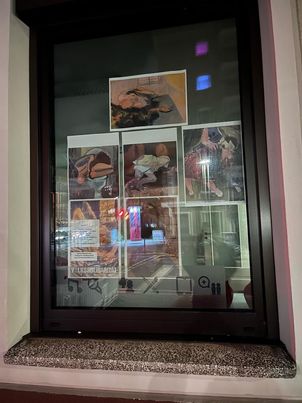Exhibition views. Photos #4. #5. #7 by Stefan Weber
Sleepers. Barbara Herzfeld
Dr. phil. Lily Fürstenow
In the world of art, the portrayal of sleepers in languid poses has long been a captivating theme, a tableau of dreams, desires, and the timeless surrender to slumber. Sleepers could also be outsiders, people who refuse to participate in the hectic of everyday turmoil choosing to depart or refuse to keep up with the pace of time, like commodities that are out and unlikely to sell.
Barbara Herzfeld’s Sleepers are not all dreamy chosen ones enjoying heavenly rest. More likely than not these are people fallen asleep to forget themselves and hide from private sorrows in utter dispair, some are crouched with pain and sleep as a relief from anguish. Her dancers filling the pictutre plane to the full exude the intensity of human emotion that fills one as the painting’s composition is filled to the brim. Some of her pieces render evocative depictions of individuals in states of repose, offering a window into the complexity of the human condition, transcending mere representation to explore the depths of the subconscious. Whatever you dream, it is always about you.
Herzfeld’s cycle of sleepers and portraits is masterfully rendered in a rich and diverse color palette, ranging from brighter hues to somber, darker tones, each choice imbued with intention and symbolism.These hues breathe life into the silent, somnolent figures, guiding our emotions and imagination. The calm and profusion of details present in the portraits reminds of the portraits by Edourard Vuillard.
The brighter hues, often used to illuminate figures in serene and peaceful repose, exude an air of tranquility and serenity. The soft pinks, pastel blues, reds and gentle yellows create a sense of comfort, inviting us to share in the dreamer’s peaceful visions. The play of light and shadow in these scenes adds depth and dimension, drawing us further into the dreamscape.
On the contrary, the somber and darker palettes create a distinct atmosphere, invoking a sense of mystery and introspection. These sleepers, at times crunched from pain or fallen asleep from drunkenness, are shrouded in dusky purples, deep indigos, and rich, velvety blacks. This selection of colors intensifies the introspective mood, subtly hinting at the complexities of human existence, be it the release from suffering or the escape into the oblivion of inebriation.
In these varied representations, we encounter not only people fallen asleep but also nudes facing the viewer or with their back turned on us – all in a state of enigmatic tranquility.
Particularly Barbara Herzfeld’s self portraits are rendered in her signature style of simplicity yet attracting our attention because of their incredible sincerity and emotional intensity. We see an ageing woman with spectacles and white heir, staring back at us and studying the viewer critically. In another self-portrait her challenging hand gesture confronts and provokes us defiently. These are self-portraits of a woman who wouldn’t like to please us and disguise herself by presenting a younger or more pretty version of self but is aware of her inner beauty and is proud of her age. A female gaze as one would call it, a gaze of an elderly woman who knows the transience of time, ephemerity of beauty and has an intense and complex inner life. Both portraits rendered in sombre tones, like purples and blues, have unsettling intensity often associated with expressionist style of painting, exploring themes of human anxiety and alienation. The psychological deepness expressed through colour palette is reminiscent of the use of colour with artists like Pierre Bonnard, who through the carefully chosen palette offered the insight into the inner world of the sitters.
Another self-portrait in greenish-yellow and lighter tones is done in bold brushwork. It captivates with the hypnotising stare of the eyes, that are almost fixed on the viewer yet suggest the effort that the protagonist makes when looking back at us, as if the portrayed has some difficulty or obstacle while viewing us. Barbara Herzfeld’s portraits are very much about seeing and being seen.
In this world of sleepers, dreams, and hushed secrets, Barbara Herzfeld uses brushstrokes and colors to connect us to the profound mysteries of existence, unveiling the allure of the sitters mind. These exotic figures, rendered in a spectrum of colors, remain timeless symbols of the human condition, transcending time and awakening the observer’s own musings on the beauty and complexity of our shared dreams.
Certain figures are rendered distorted and abstracted. These distortions would involve elongated or contorted limbs, creating a sense of unease or inner turmoil, conveying the vulnerability or emotional turbulence of the portrayed. Even the figures captured in the moment of movement like kissing dancers or walkers seem as if frozen in the moment of affect yet struggling to move on against all odds – an eternal contradiction so characteristic of human nature.
The portrayal of unfiltered emotions, gestural brushwork, introspection pointing to a chaos of feelings or deep psychological states, tumultuous emotions associated with the subconscious and the dream state were very much characteristic of the painting style of Expressionists, whose influence is reinterpreted by Barbara Herzfeld in an remarkably enigmatic and captivating manner that renders her works authentic immediacy.
No Results Found
The page you requested could not be found. Try refining your search, or use the navigation above to locate the post.


